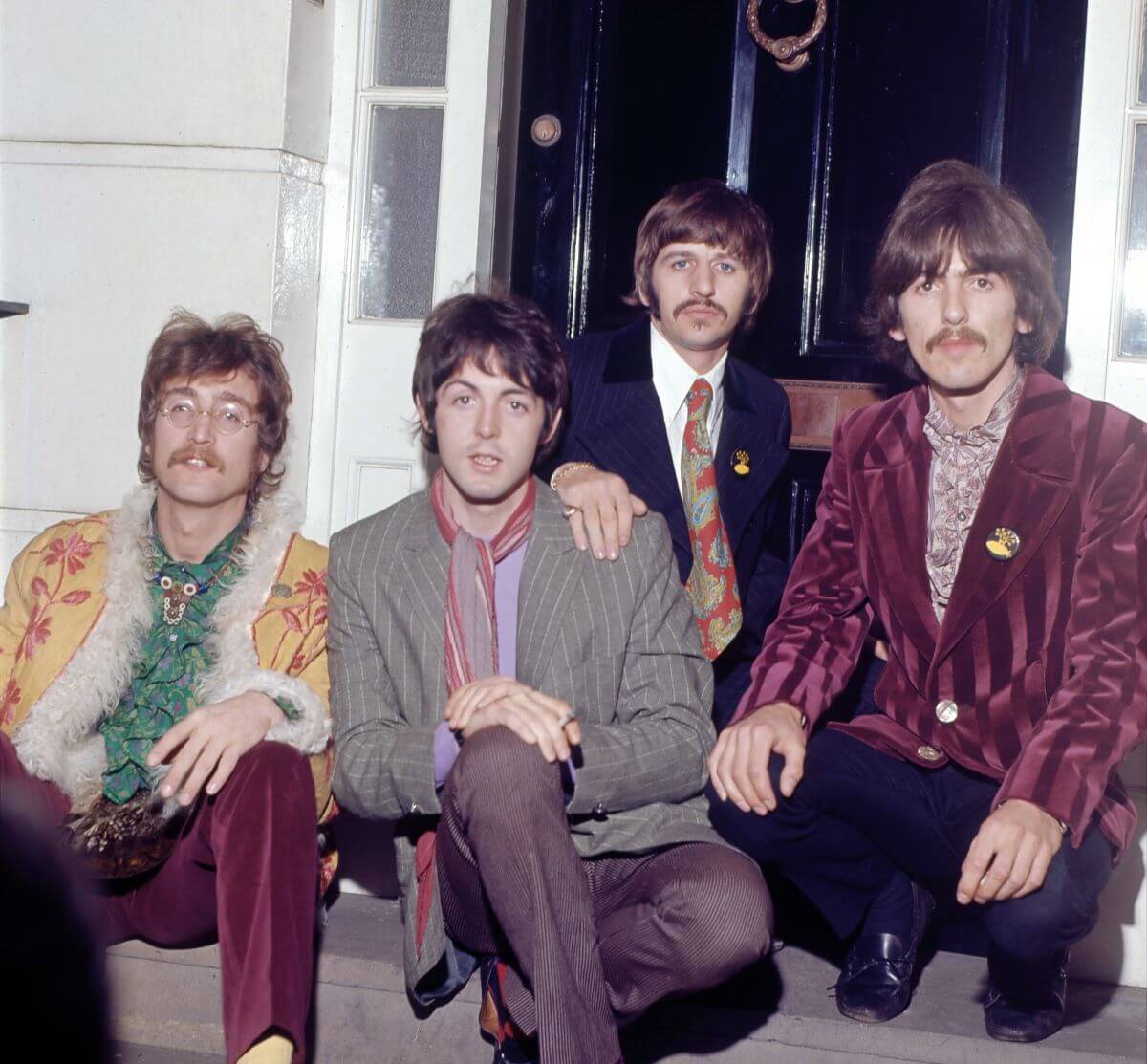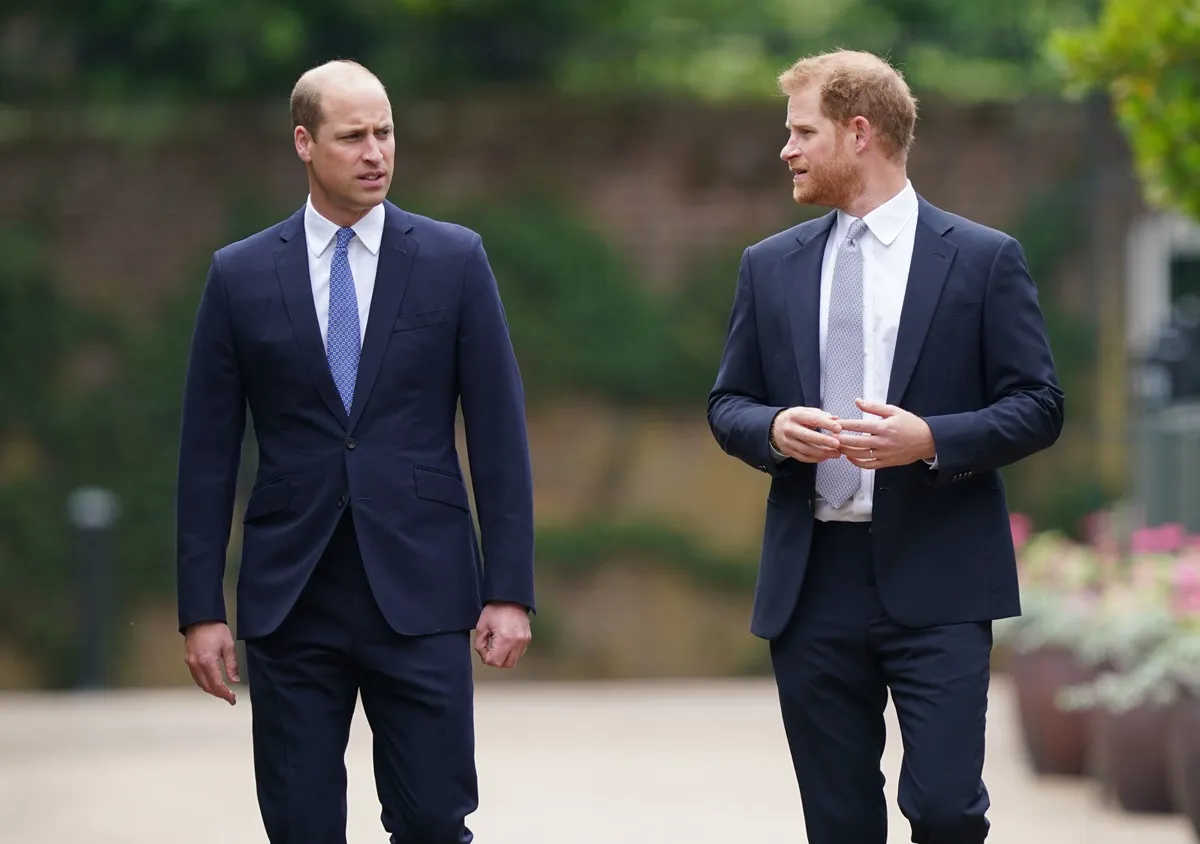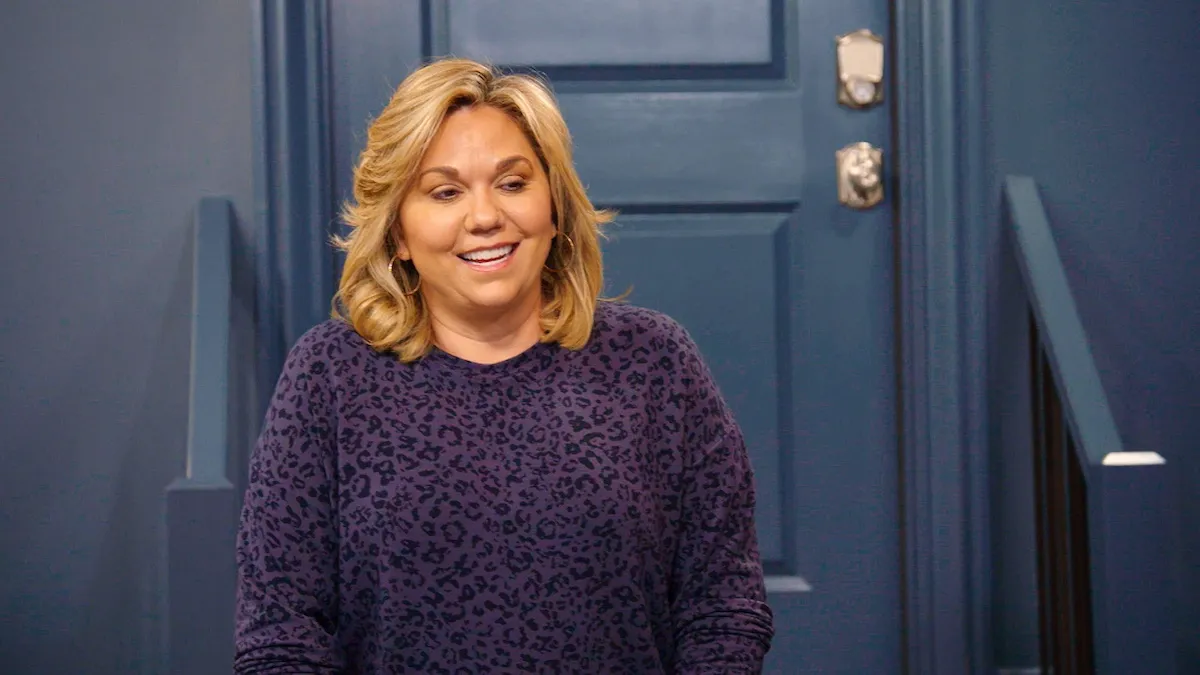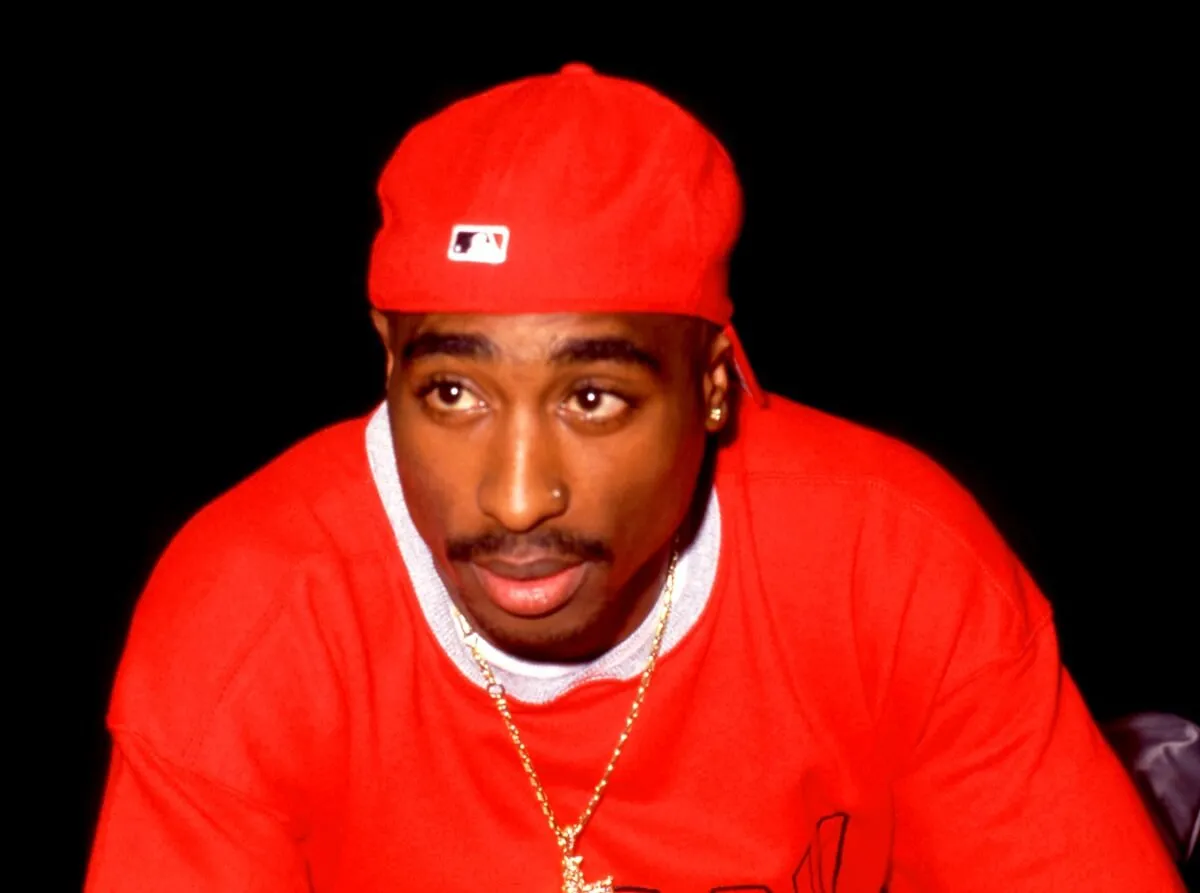
The Beatles’ Song That Required a Major Engineering Feat
In 1968, The Beatles released a song that might not have been a possibility in earlier years. At over seven minutes long, “Hey Jude” was too long to fit on a standard record without severely jeopardizing the sound. The band insisted on keeping it at its length, though. This required a team of sound engineers to find a way to fit it on the record.
The Beatles song ‘Hey Jude’ was too long to fit on on a record without distorting the sound
When Paul McCartney wrote “Hey Jude,” longtime Beatles producer told the band it would not be wise to release it as a single.
“We recorded ‘Hey Jude’ in Trident Studios. It was a long song,” George Martin said in The Beatles Anthology. “In fact, after I timed it I actually said, ‘You can’t make a single that long.’ I was shouted down by the boys — not for the first time in my life — and John asked: ‘Why not?’ I couldn’t think of a good answer, really — except the pathetic one that disc jockeys wouldn’t play it.”
The band did not want to shorten the song, but they were aware that it was a major problem. Typically, they’d have to cut three minutes off the song to have it fit on a record.
“It was longer than any single had been, but we had a good bunch of engineers,” McCartney said. “We asked how long a 45 could be. They said that four minutes was about all you could squeeze into the grooves before it seriously started to lose volume and everyone had to turn the sound up.”
Their sound engineers were able to find a way around this, though.
“But they did some very clever stuff, squeezing the bit that didn’t have to be loud, then allowing the rest more room,” McCartney explained. “Somehow, they got seven minutes on there — which was quite an engineering feat.”
John Lennon convinced Paul McCartney to keep a line in the song
McCartney also wanted to make a change to the song that his bandmate shouted down. When McCartney told John Lennon that he tried to change a lyric, Lennon told him he should reconsider.
“John and Yoko were standing right behind me, on my shoulder, in fact,” McCartney told Rolling Stone. “They’re standing right behind me as I’m playing, ‘Hey Jude, da-da-da-da, da-da-da,’ and I get to, “The movement you need is on your shoulder,” and I just looked by and I said, ‘I’ll fix that one.’ Then it was just great — you know, this was what was great about me and John. He said, ‘You won’t, you know.’ Like that was a command. ‘You won’t, you know. That’s the best line in the song.'”
McCartney realized Lennon was right and kept the line as it was.
“And then for me, instead of going, ‘Oh, no. No, no, no. I hate it and I want to change it,’ the minute he said, ‘You won’t, you know,’ I knew he was right and I knew it stays,” McCartney said. “That’s a great thing when you’ve got that much confidence in each other.”
Decades later, another Beatles song reached the public because of technology
Decades after this, another Beatles song reached the public because of technological advances. Lennon recorded a demo of the song “Now and Then”. Yoko Ono passed it off to the remaining Beatles after Lennon’s death. While they wanted to release it as a part of their Beatles Anthology album, they weren’t able to because of the quality of the recording.
After Peter Jackson used advanced audio restoration technology to make the series The Beatles: Get Back, they realized they could apply the same technology to the song. In 2023, they released “Now and Then,” the final Beatles song.


